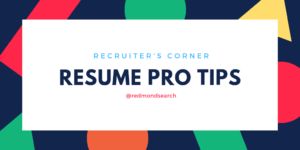 Resume “beauty” is in the eye of the beholder.
Resume “beauty” is in the eye of the beholder.
Your resume is going to look perfect to some people, abysmal to a few, and satisfactory to others. If you aren’t sure what the beholder wants to see, you’re playing a guessing game.
After more than 20 years in the recruiting business, I’ve seen thousands of resumes. I know what works. I also know what makes me feel sleepy (or even grumpy). Taking my advice will eliminate a lot of guesswork and make it easier to get the attention you deserve. And you’ll end up with a great showcase for your accomplishments and capabilities.
Using words effectively on your resume has never been more important than it is now.
You need the right keywords. If you don’t include them, the search engine robots can’t find you. That means people who want to hire someone like you won’t find you either. Keywords are critical to search queries on LinkedIn, Indeed, Google and applicant tracking databases.
You have to be concise. If you get too wordy, a reader might put you in the “reject” pile without giving you a close look. Fewer people really read anymore. It’s not because we’re dumb, we just don’t have time to deal with all the information that comes at us every day. We’re drowning in a sea of words and numbers.
People want to see fewer words, but robots love words. You must please both audiences. The best format to use is organizing your information with bulleted lists. This makes everyone happy because lists are easy to read.
These are the sections I recommend:
✓ SUMMARY
Below your name and contact info, you need a good professional summary. This should be two or three sentences that highlight your key strengths and motivations. You may want to tailor this for a specific job opening each time.
By the way, for contact info, provide your email address, your phone number and your city. If your LinkedIn profile is up to date, you can add that URL too. Drop your home address from your resume.
✓ RESPONSIBILITIES
Next, list bullet points describing the most important responsibilities you have had. Edit yourself, as this should not take up more than ⅓ of a single page. Only choose the most important and relevant information.
✓ CAPABILITIES
Your stretch goals go here. Bullet the things that you can do (or want to do) but may not be officially doing right now. These are the things you are “capable” of doing. You may want to tailor this section to specific job descriptions or employers.
✓ CHARACTERISTICS
Brainstorm the words colleagues have used to describe you, and pick up to 5 to list here.
✓ WORK EXPERIENCE
List your chronological job experience in this section, but you must edit it carefully. Pick up to three accomplishments to bullet under each position you’ve held. That’s it; no other description is necessary.
✓ EDUCATION & QUALIFICATIONS
List your degree(s), institutions and locations. If you have certifications or licenses that are relevant to your profession, list those too.
✓ KEYWORDS
This can be a section at the bottom of your resume that includes words that might be used in search queries to find someone with your skills. It doesn’t matter if you’ve used the words already in the resume.
After all the editing I’ve asked you to do, if you feel pain that you have left out something important, put it in this section in the form of keywords. The more hits you have on a single search term/word, the higher you’ll rise to the top of search results based on that word.
A keyword section can be a bit manipulative, but you’re fighting the bots, so I think it’s excusable.
I can’t wait to hear about the feedback you get once you make these changes to your resume! Please share your news in the comments.
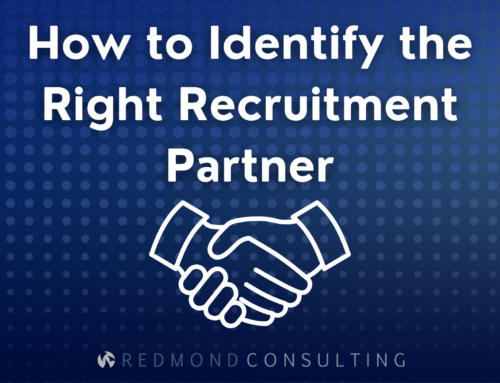
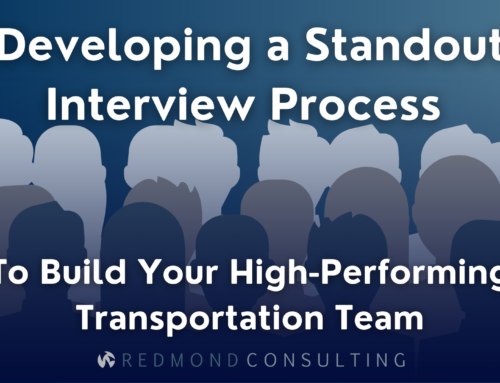
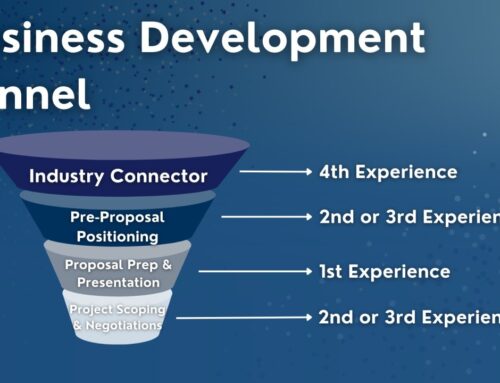
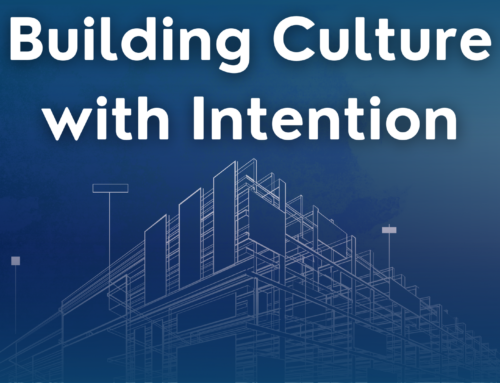

Leave A Comment